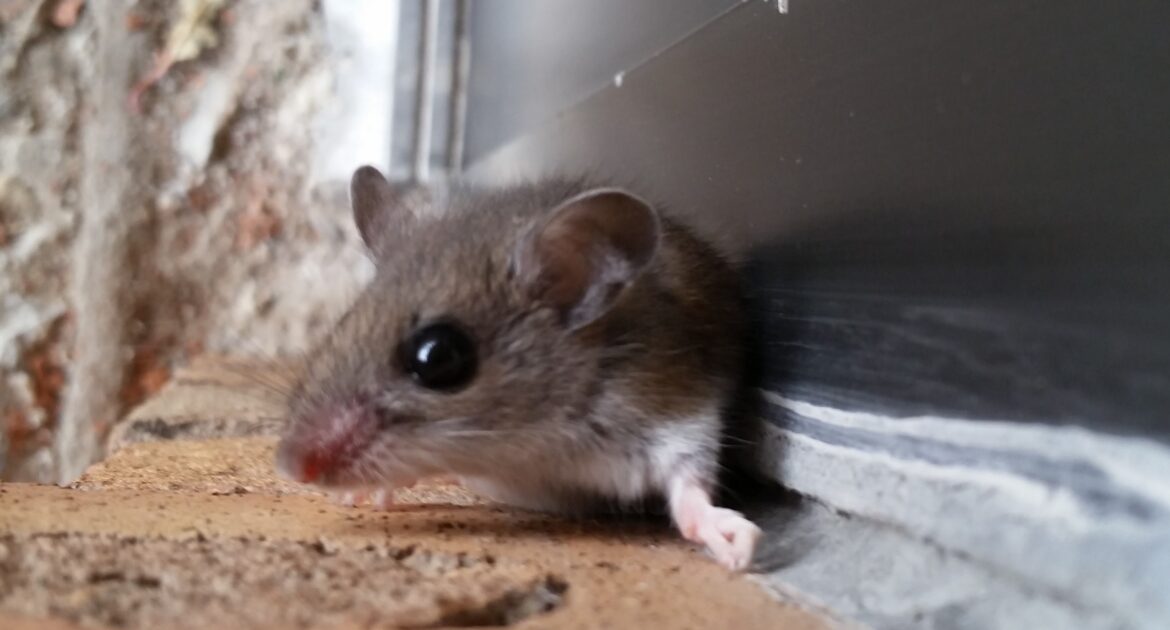One of the most common household critters that enter homes in the area is the mouse. Many homeowners don’t realize that mice can invade their homes at any time of year. If you aren’t being vigilant and focusing on preventative strategies to keep mice away, you may miss a potential infestation. At Skedaddle Humane Wildlife Control, we can provide advice and inspect your home to check for the signs of mice and other rodents. Find out what time of year mice are most active in residential homes and learn about our mice removal tactics.
When and Why Do Mice Come Into Homes?
It’s a common misconception that mice only enter homes in the spring. In reality, mice may be active year-round and looking for a warm, quiet place to nest and reside. In the fall, mice may start to look for a safe place to stay and could come into a home. They do this when the temperatures outside start to drop and food becomes scarce. A typical home may have plenty of spots to hide and nest and lots of things to eat.
During winter, mice may also enter your home. Instead of hibernating, mice continue to forage for food and warmer places to hunker down. Winter may also bring more risk to them from predators in the area when the foliage and ground cover aren’t as thick. Inside of your home, mice may enjoy eating things such as cardboard storage boxes, electrical wiring, trash and insulation.
The spring season may also see more mice trying to seek shelter inside of a home. This is the time of year when mice start to prepare to breed. Once inside your home, mice may breed constantly. A small infestation may turn into a serious problem. When summer arrives, the breeding may continue in a frenzy. Mice are also known to enter homes during the summer months, seeking refuge from the heat and humidity. After they get in and make a nest, they may spread germs and cause expensive damage to your home.

Areas To Check for Mice
There are certain spots in homes that mice are generally more attracted to. Garages, sheds and attics are all common places in homes where mouse activity may be more prevalent. Some homeowners find mouse activity close to where food or trash is stored, such as in the kitchen, pantry, laundry room or the basement.
Mice may also be present in hidden spaces in your home that don’t get a lot of foot traffic. Suspended ceilings, crawl spaces, under the stairs or deep inside of cabinets are popular spots. An infestation may be quiet at first in one of these areas and go unnoticed for a long time. Homeowners may start to see some signs of activity, such as droppings, a urine smell, rustling noises or grease marks.

Seasonal Inspections and Wildlife Control Services
It’s important to be proactive when dealing with the potential for a mouse infestation. A mouse problem can turn serious and lead to thousands of dollars in property damage due to chewed electrical wires, insulation, drywall or furniture. The smell mice leave behind after a problem infestation may also need to be professionally cleaned and removed.
Skedaddle Humane Wildlife Control can help homeowners attack the issue before it becomes a major problem. We offer regular seasonal inspections so that any signs of mice can be immediately dealt with and rectified. If there is an active infestation, we provide wildlife control services to remove mice and other critters.
At Skedaddle Humane Wildlife Control, you can take steps to protect your home from the most damaging wildlife creatures. Learn more about how we stop mice by identifying the problem, removing them, cleaning up the mess and creating a prevention plan for future issues.




